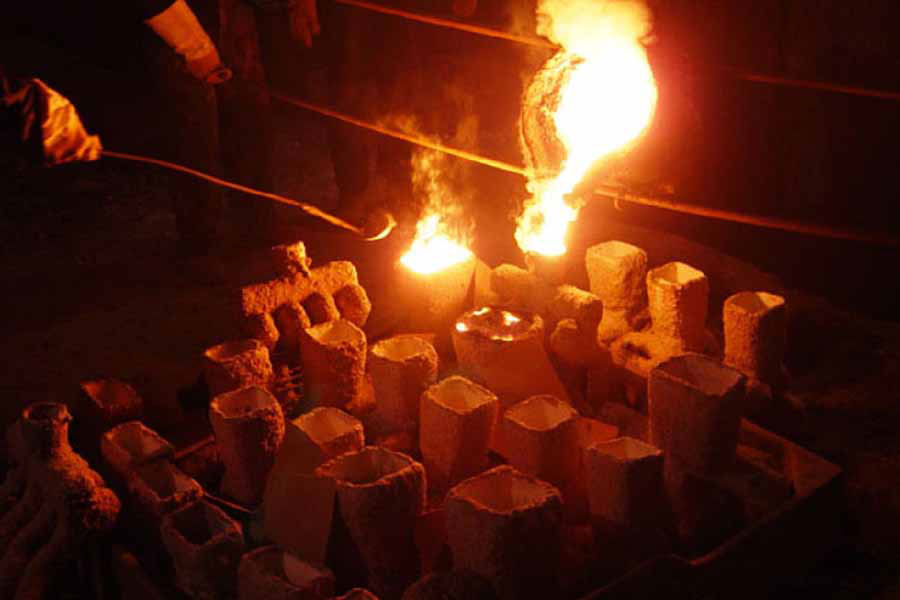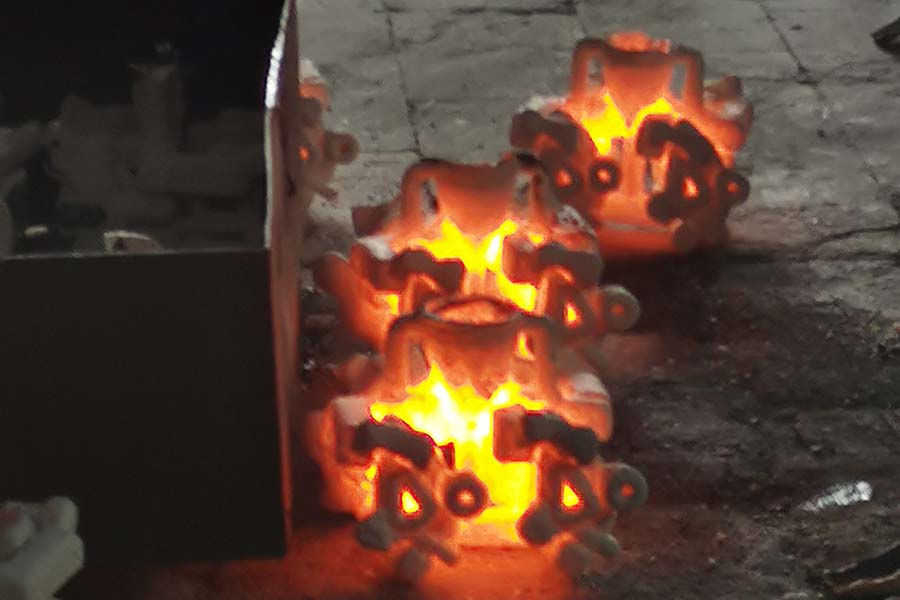Martensitic stainless steel refers to a type of stainless steel whose microstructure is mainly martensite. The chromium content of martensitic stainless steel is in the range of 12% - 18%, and its main alloying elements are iron, chromium, nickel and carbon.
Martensitic stainless steel can adjust its mechanical properties through heat treatment and is a kind of hardenable stainless steel. Martensitic stainless steel can be divided into martensitic chromium steel and martensitic chromium-nickel steel according to different chemical compositions.
Quick Views of Martensitic Stainless Steel |
|
| Category | Stainless Steel |
| Definition | A type of hardenable stainless steel with Martensitic structure |
| Heat Treatment | Annealing, Quenching, Tempering |
| Alloy Elements | Cr, Ni, C, Mo, V |
| Weldability | Poor |
| Magnetic | Medium |
| Micro Structure | Mainly Martensitic |
| Typical Grades | Cr13, 2Cr13, 3Cr13 |
| Applications | Steam turbine blade, Tableware, Surgical Instruments, Aerospace, Marine industries |
Martensitic stainless steel refers to a type of stainless steel whose microstructure is mainly martensite. The chromium content of martensitic stainless steel is in the range of 12% - 18%, and its main alloying elements are iron, chromium, nickel and carbon.
Martensitic stainless steel can adjust its mechanical properties through heat treatment and is a kind of hardenable stainless steel. Martensitic stainless steel can be divided into martensitic chromium steel and martensitic chromium-nickel steel according to different chemical compositions.
1. Martensitic Chromium Steel
In addition to chromium, martensitic chromium steel also contains a certain amount of carbon. The chromium content determines the corrosion resistance of steel. The higher the carbon content, the higher the strength, hardness and wear resistance. The normal structure of this type of steel is martensite, and some also contain a small amount of austenite, ferrite or pearlite. It is mainly used to manufacture parts, components, tools, knives, etc. that require high strength and hardness, but do not require high corrosion resistance. Typical steel grades are 2Crl3, 4Crl3, 9Crl8, etc.
2. Martensitic Chromium-Nickel steel
Martensitic chromium-nickel steel includes martensitic precipitation hardening stainless steel, semi-austenitic precipitation hardening stainless steel and maraging stainless steel, etc., all of which are high-strength or ultra-high-strength stainless steels. This kind of steel has low carbon content (less than 0.10%) and contains nickel. Some grades also contain high elements such as molybdenum and copper. Therefore, this kind of steel has high strength, while combining strength and toughness as well as corrosion resistance. Performance, weldability, etc. are better than martensitic chromium steel. Crl7Ni2 is the most commonly used low-nickel martensitic stainless steel.
Martensite precipitation hardening stainless steel usually also contains Al, Ti, Cu and other elements. It precipitates Ni3A1, Ni3Ti and other dispersion strengthening phases on the martensite matrix through precipitation hardening to further improve the strength of the steel. Semi-austenite (or semi-martensitic) precipitation hardening stainless steel, because the quenched state is still austenite, so the quenched state can still be cold worked and then strengthened by intermediate treatment, aging treatment and other processes. In this way, the austenite in the martensitic precipitation hardening stainless steel can be directly transformed into martensite after quenching, which leads to the disadvantage of difficulty in subsequent processing and forming. Commonly used steel grades are 0Crl7Ni7AI, 0Crl5Ni7M02A1 and so on. This type of steel has a relatively high strength, generally reaching 1200-1400 MPa, and is often used to make structural parts that do not require high corrosion resistance but require high strength.
The commonly used heat treatment for martensitic stainless steel is quenching and tempering treatment. Usually choose to cool in oil or air at a temperature of 950-1050 ℃. Then temper at 650-750°C. Generally, it should be tempered immediately after quenching in order to prevent the casting from cracking due to the stress of the quenched structure.
High-strength low-carbon martensitic stainless steel castings containing a small amount of nickel, molybdenum, silicon and other alloying elements have good comprehensive mechanical properties, welding properties and wear resistance after normalizing and tempering. Such castings are widely used in integral casting and casting + welding impellers of large hydraulic turbines. In this case, the heat treatment specification usually selected is normalizing at 950 - 1050 ℃ and tempering at 600 -670 ℃.


Post time: Aug-17-2021

